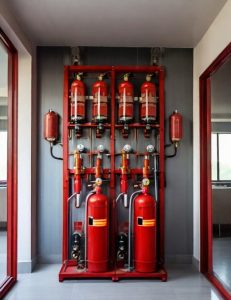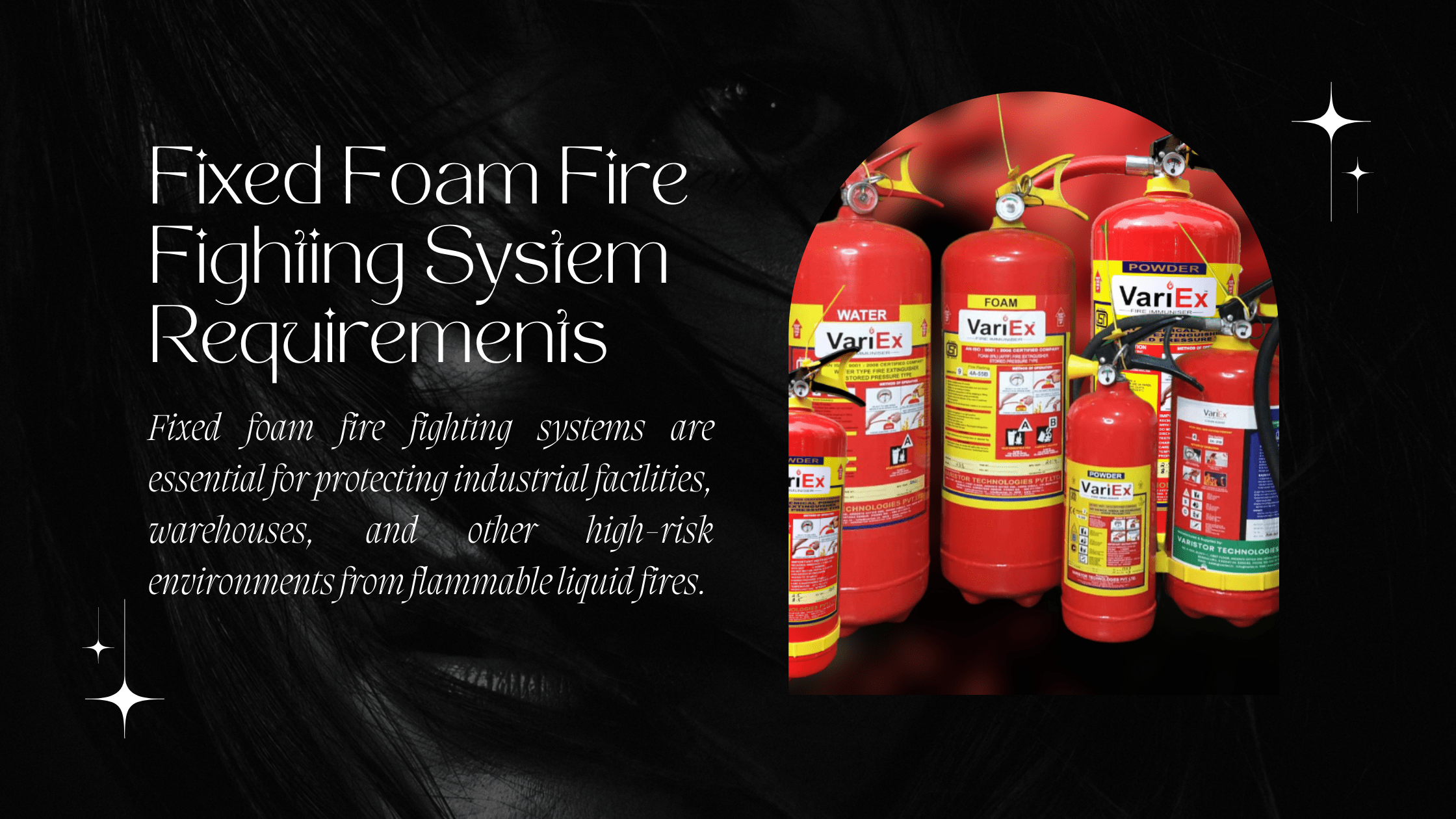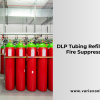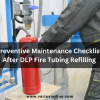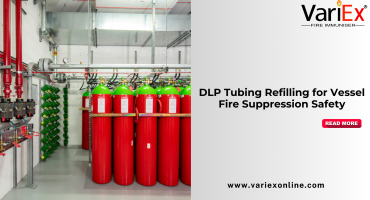![]()
Fire Immuniser
+91-7829629111
Email: info@variex.in
Varistor Technologies Pvt. Ltd.
Block-1, First Floor, Ardente Office One, Hoodi Circle, ITPL Main Road, Bengaluru, Karnataka 560048, IN
Fixed Foam Fire Fighting System Requirements
Fixed foam fire fighting systems are essential for protecting industrial facilities, warehouses, and other high-risk environments from flammable liquid fires. Understanding the requirements for these systems is crucial to ensure compliance and effectiveness. This guide delves into the key requirements for designing, installing, and maintaining fixed foam fire fighting systems.
1. Hazard Assessment:
- Conduct a thorough hazard assessment to identify potential fire risks, including the types and quantities of flammable liquids present, storage configurations, and occupancy classifications.
- The hazard assessment helps determine the appropriate foam concentrate type, discharge rates, and system design requirements.
2. System Design Criteria:
- Design the fixed foam fire fighting system based on recognized standards and guidelines, such as NFPA 11 and NFPA 16, as well as local building codes and regulations.
- Consider factors such as foam concentrate storage, proportioning methods, discharge devices, and hydraulic calculations to meet system design criteria.
3. Foam Concentrate Selection:
- Choose the appropriate type of foam concentrate based on the fire hazard classification, foam expansion ratio, and compatibility with the system components.
- Foam concentrates may include AFFF (Aqueous Film-Forming Foam), AR-AFFF (Alcohol-Resistant Aqueous Film-Forming Foam), and protein-based foams, each suited for specific applications.
4. Proportioning and Discharge Devices:
- Select proportioning devices, such as bladder tanks, inline inductors, or foam proportioning pumps, to accurately mix foam concentrate with water at the desired flow rates.
- Install discharge devices, including foam generators, foam chambers, or foam sprinkler heads, to distribute foam onto the fire area effectively.
5. System Installation and Testing:
- Install the fixed foam fire fighting system according to manufacturer specifications, NFPA standards, and local regulations.
- Conduct thorough testing of the system, including functional tests, flow tests, and simulation tests, to ensure proper operation and compliance with design criteria.
6. Maintenance and Inspection:
- Establish a regular maintenance schedule for inspecting, testing, and servicing the fixed foam fire fighting system.
- Inspections should include checks of foam concentrate levels, system components, piping, valves, and detection devices to identify and address any deficiencies promptly.
7. Training and Emergency Response Planning:
- Provide comprehensive training to personnel responsible for operating, maintaining, and responding to fires involving the fixed foam fire fighting system.
- Develop emergency response plans outlining procedures for activating the system, evacuating occupants, and coordinating with emergency responders.
8. Compliance with Regulations:
- Ensure compliance with applicable regulations, standards, and codes governing fixed foam fire fighting systems, including NFPA, OSHA, and local jurisdictional requirements.
- Regularly review and update system documentation to demonstrate compliance and readiness for regulatory inspections.
Conclusion
Meeting the requirements for fixed foam fire fighting systems is essential for effective fire protection and safety in industrial environments. By adhering to recognized standards, selecting appropriate components, and conducting thorough testing and maintenance, facility owners and operators can mitigate fire risks and protect lives and property effectively. Stay informed about evolving regulations and industry best practices to ensure continued compliance and optimal system performance.
FREQUENTLY ASKED QUESTIONS
Fixed foam fire fighting systems are designed to suppress fires involving flammable liquids by applying foam to the affected area. They are crucial for protecting industrial facilities and high-risk environments from potential fire hazards.
Requirements are influenced by factors such as the type and quantity of flammable liquids present, hazard classifications, building codes, industry standards (e.g., NFPA 11, NFPA 16), and regulatory requirements.
The selection of foam concentrate depends on factors such as fire hazard classification, expansion ratio, compatibility with system components, and environmental considerations. Consult with a fire protection specialist to determine the most suitable foam concentrate for your application.
Key components include foam storage tanks, proportioning devices, discharge devices (such as foam generators or sprinkler heads), piping, valves, detection systems, and control panels.
Fixed foam fire fighting systems should be tested and maintained according to manufacturer recommendations, NFPA standards, and regulatory requirements. Typically, this involves regular inspections, functional tests, and preventative maintenance activities conducted by qualified personnel.
Yes, personnel responsible for operating, maintaining, and responding to fires involving fixed foam fire fighting systems should receive comprehensive training. Training should cover system operation, maintenance procedures, emergency response protocols, and evacuation procedures.
Regulations may include standards from organizations such as NFPA, OSHA regulations related to workplace safety, environmental regulations governing foam concentrate usage and disposal, and local building codes and jurisdictional requirements.
To ensure compliance, work with experienced fire protection professionals who can design, install, and maintain the system according to applicable regulations and standards. Regularly review and update system documentation and conduct inspections to verify compliance.
Final Say
We at VariEx.in or Variexonline.com have mastered the art of designing, installing, inspecting, and fixing automatic sprinkler systems with the help of our in-house team, which is capable of delivering the fire sprinkler services you need, whether large or small and at affordable cost.
To schedule a fire sprinkler installation, or you think our services could benefit your commercial property, contact us online or give us a call at, 7829629111
"WHAT YOU CAN READ NEXT"
 Read more +24 November 2023 in Fire Extinguisher
Read more +24 November 2023 in Fire ExtinguisherWhat types of fire extinguishers are available for different fire classes?
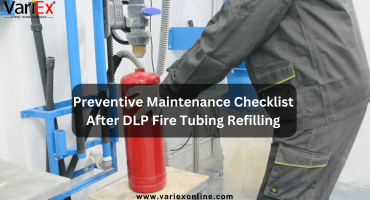 Read more +11 July 2025 in Fire Suppression
Read more +11 July 2025 in Fire Suppression

